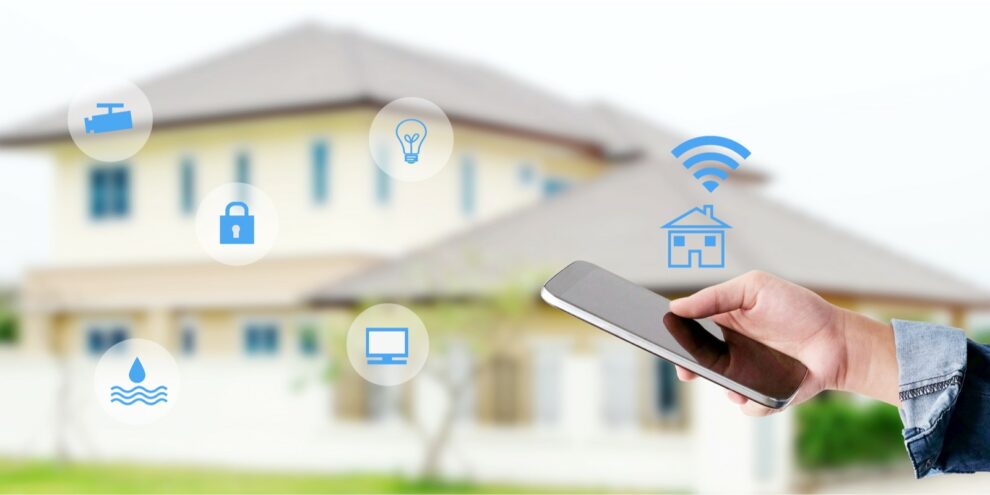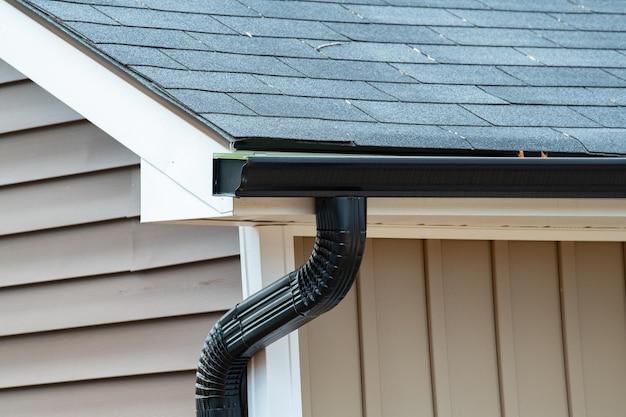IoT, an acronym for The Internet of Things, has grown to become one of the most lucrative sectors in the technology industry. It is also a sector that covers billions of smart devices. Not so long ago, IoT was only a concept discussed as a potential emerging technology by IT boffins at coffee break and among tech CEOs at IT conference panels. Today, IoT is so commonplace and mainstream that even your smartwatch must be secured from cyberattacks.
The vision of an interconnected world was a far-fetched idea only a decade ago when the internet was infinitely smaller and much slower. This is because, essentially, there was no foundation for something like IoT to be built upon, nor was there a worldwide need for it. Likewise, there was no trace of technologies like cloud computing, VR, or AI. To put this into perspective, once upon a time, as IBM puts it in an article about the history of IoT, “there was a humble Coke machine in Pittsburgh, Pennsylvania that could report its contents through a network.” This device could tell other computers about Coke purchases via ARPANET, which was the simple network that existed before the birth of the internet. A machine like the mentioned Coca-Cola vending machine could be labeled as the first IoT device in history, according to IBM.
What is IoT?
Like the Coke machine example above, the simplest way to understand IoT technology is the following; it is simply a paradigm that envisions machines that communicate back and forth with the internet for the purposes of improving or advancing human life. Even still, a long time before the Coke machine, great thinkers like Nikola Tesla were able to foresee our wireless IoT future, evident in one of the great inventor’s statements dating back to the 1920s; “When wireless is perfectly applied the whole earth will be converted into a huge brain, which in fact it is, all things being particles of a real and rhythmic whole.” To that end, humanity has always strived to go one step further, and as a society, we do not tend to remain static. Hence, IoT is an expected step into the future.
Now we have established that IoT describes devices that communicate with the internet. But what kind of devices are considered IoT today? The concept can be applied to any device imaginable that can be connected to the internet with the purpose of sending data back and forth. Here is a very general list for the sake of perspective;
- Smartwatches
- Smart cars
- Smart home appliances
- Smart fitness devices
The IoT concept can be applied to practically anything today, as the internet has proliferated and penetrated through most of the world. Evidence of this is smart microwaves, even smart sports gear. There are even more interesting applications of IoT such as smart aquariums. The point is that literally, anything that we use in our daily lives can be ‘smartified’ -for lack of a better word. IoT also has a large place in industrial applications, such as manufacturing or customer-facing business applications, where sensors provide insight and information, analytics and data.
What Are The Dangers Affecting IoT?
The internet is dangerous because of lurking hacker cyberattacks and malicious software. This is why we have firewalls, antiviruses, antimalware programs, and encryption built into the operating systems we use. This is also why cybersecurity systems exist that protect the industry. So, what does this mean for IoT? It means that IoT can be affected by online dangers in much the same way. This poses a large risk to hundreds of millions, and surely billions of us that will be used to IoT soon.
In terms of what kinds of dangers can afflict IoT devices, here are a few;
- Software vulnerabilities
- Malware
- Hackers
- Breach of home security
- Ransomware
- Theft of personal data
- Financial transaction risks
- Network-wide attacks via compromised IoT devices
These dangers can result in everything from stolen data to compromise of one’s physical security. The last thing anyone wants is an intrusion into their personal devices. The last thing the connected industry wants is entire compromised networks resulting from compromised IoT devices.
How to Secure Your IoT Devices
Given the examples and scenarios above, as well as how much IoT has proliferated across the globe, it is crucial to understand how to establish some safety measures with regards to this;
- Secure your home router with a long complex password
- Ensure that your IoT devices are legitimate and reputable
- Ensure that you have a form of multi-factor authentication on your devices
- Isolate your IoT devices on a protected network
- Utilize encryption if available on the device
- Only use verified legitimate applications
- Do not void the warranty of your IoT device by jailbreaking or cracking them








Add Comment